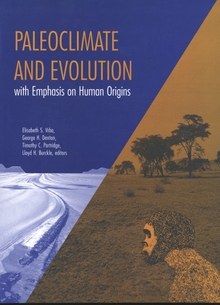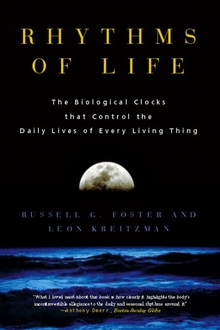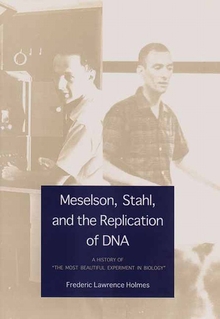Paleoclimate and Evolution, with Emphasis on Human Origins
WARNING
You are viewing an older version of the Yalebooks website. Please visit out new website with more updated information and a better user experience: https://www.yalebooks.com
Edited by Elizabeth S. Vrba, George H. Denton, Timothy C. Partridge, and Lloyd H. Burckle
Among the subjects discussed are: global and regional climatic changes; tectonism and its effects on climate; the evolution of biomes and mammals; the ways climate might have influenced the origins of hominid species; and the evolution of hominid morphologies and behaviors. The book draws on the comparatively rich data base of the Late Neogene and includes many new data sets and hypotheses on paleoclimatic changes and on floral and mammalian evolution.
A selection of the Natural Science Book Club
"A very wide-ranging, substantive, and timely contribution to earth, paleoenvironmental, and paleobiological sciences, which explores significant and fundamental issues across the interfaces between these important sciences." —F. Clark Howell, emeritus professor, University of California, Berkeley
"A mine of authoritative information, some of it new, which will certainly become a primary reference for everyone concerned with palaeoclimatology and evolution in the period addressed."—Ian Tattersall, Nature
"Vrba and her co-editors have now assembled a huge team of contributors, ranging from palaeoceanographers through glacial geologists to palaeoanthropologists, to examine the evidence for climate change following the early Miocene and its putative relationship to evolutionary events. The result is a mine of authoritative information, some of it new, which will certainly become a primary reference for everyone concerned with palaeoclimatology and evolution in the period addressed."—Ian Tattersall, Nature
"Excellent compilations of current results in a wide range of disciplines. . . . Highly recommended, especially for graduates, faculty, and researchers."—Choice
"This book will be an indispensable reference on the shelf of every serious student of early hominid evolution and of Late Cenozoic environments for years to come."—Lawrence G. Straus, Journal of Anthropological Research
"This book is a valuable reference for students and scientists who want a broad perspective on the impact of Late Neogene paleoclimates."—Kelly T. Redmond, American Scientist
"For anyone wanting an up-to-date overview on Pliocene-Pleistocene climatology, evolution of African faunas and early hominid dating, this is the volume. Its high price is worth the wealth of review and resource information. It will make excellent reading for a wide variety of upper-division courses."—Russell Dale Guthrie, The Quarterly Review of Biology
Publication Date: March 27, 1996
207 b/w illus.








